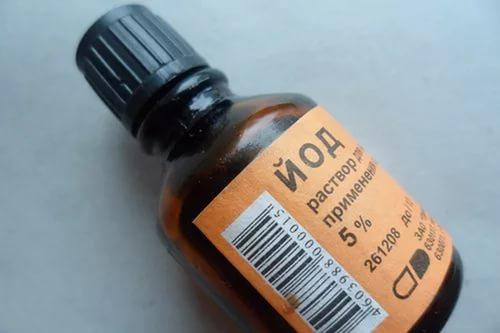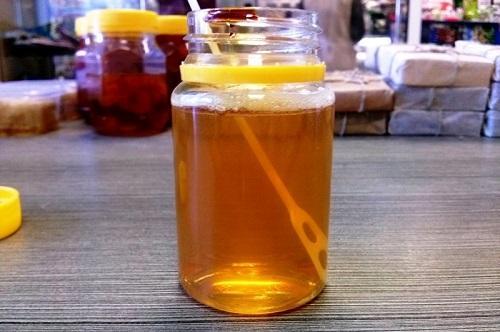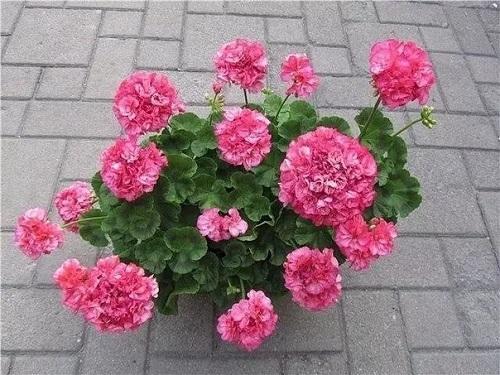Fertilizer for geraniums with iodine or Abundant flowering ensured
Geranium or Pelargonium attracts the attention of flower growers with beautiful and lush flowering. With proper care, the flowering period lasts a long time, and the inflorescences themselves are quite large. Timely feeding also plays an important role, which gives the flower the strength to lay a large number of buds.
One of the easiest and most economical ways to help your pet in abundant flowering is fertilization geranium ordinary pharmacy iodine.
How to prepare a nutritional supplement?

Of course, iodine cannot be used in its pure form. It should be added to the water for watering the plant, and in a very limited amount. In order for pelargonium to more actively absorb nutrients from the soil, the solution must be made on the basis of rain, settled water. Some growers recommend slightly warming up the water. For 1 liter of liquid, 1 drop of iodine is enough, and for very weakened plants, an increase in the amount of the drug to 3 drops is allowed. Shake the solution thoroughly so that the drug is evenly distributed.

When watering geraniums, you must adhere to certain rules:
- pour the solution not under the very root of the flower, but as close as possible to the side walls of the flowerpot;
- apply fertilizer to wet soil;
- use about 50 ml of liquid per plant.
It should be borne in mind that too frequent iodine feeding can lead to damage to the root system and geranium diseases... Nutrient watering should be done no more than once every 3-4 weeks.
The effect of iodine solution on plants

The iodine-based solution is not only able to stimulate flowering, shortening the formation of ovaries, but also helps geraniums to actively develop, especially in the spring-autumn period.
In addition, this beneficial trace element improves the absorption of nitrogen by the plant, which in turn has a positive effect on the growth of deciduous mass and strengthening the immunity of geraniums against diseases such as powdery mildew and late blight.
A signal that pelargonium needs feeding is a change in the state of the deciduous mass: the leaves become lethargic, begin to dry out or completely fall off. If you do not take urgent measures, there is a risk that one bare stem will remain of the plant or, even worse, it will completely wither.